In what can only be described as one of the boldest hardware plays in recent gaming history, Valve dropped a surprise announcement today that sent shockwaves through the PC gaming community. The company revealed not one, not two, but three new hardware products set to launch in early 2026: the Steam Machine, Steam Controller, and Steam Frame. For those who've followed Valve's hardware journey, this moment feels both audacious and redemptive—a second chance at a vision that failed spectacularly a decade ago, now armed with the wisdom of experience and the proven success of the Steam Deck.
The New Steam Machine: Console Gaming Meets PC Power
The centerpiece of today's announcement is the reimagined Steam Machine—a compact, cube-shaped gaming PC designed to bring the full Steam library to your living room. At roughly six inches on each side, this sleek black box looks like someone took an Xbox Series X and compressed it into a more manageable form factor, complete with customizable LED lighting that can display system status or be turned off entirely.
Under the hood, the Steam Machine packs serious gaming credentials. Valve claims it delivers over six times the performance of the Steam Deck, powered by a semi-custom AMD setup featuring a desktop-class Zen 4 CPU and RDNA 3 GPU. While specific model numbers remain under wraps, early reports suggest the GPU sits somewhere between an RX 7400 and RX 7600M in terms of shader cores and clock speeds—enough to handle 4K gaming at 60 FPS with AMD's FidelityFX Super Resolution (FSR) technology.
The system runs SteamOS, Valve's gaming-optimized Linux-based operating system, which has matured considerably since its rocky 2015 debut. The OS offers fast suspend/resume functionality, automatic cloud saves, and seamless integration with other Steam devices. Storage options include 512GB or 2TB configurations, both expandable via microSD cards—a familiar approach for Steam Deck owners who can swap cards between devices.
Connectivity is robust: dual-band Wi-Fi 6E, Bluetooth 5.3, Gigabit Ethernet, DisplayPort 1.4, HDMI 2.0, USB-C, and four USB-A ports. The power supply is built directly into the unit—no external brick required—and Valve promises whisper-quiet operation even under heavy load thanks to a single 120mm fan and substantial heatsink design.
Perhaps most intriguingly, the Steam Machine includes a dedicated wireless adapter built right in, designed specifically to pair with up to four Steam Controllers without requiring the external "puck" accessory. This isn't just a gaming PC; it's the hub of a broader Steam hardware ecosystem.
The Steam Controller Reimagined
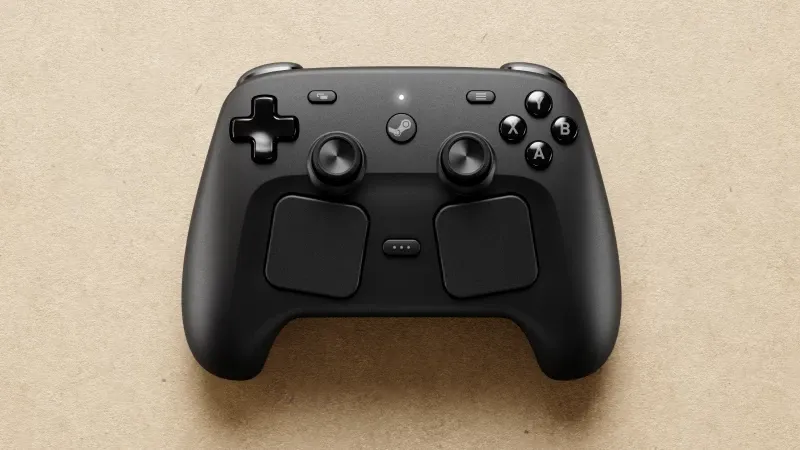
Speaking of controllers, Valve's second-generation Steam Controller represents a dramatic evolution from the divisive 2015 original. Where the first controller confused gamers with its dual trackpads and single analog stick, the new version takes a more familiar approach while retaining innovative features.
The layout combines the best of both worlds: Xbox-style ABXY face buttons paired with PlayStation-inspired symmetrical analog stick placement. But Valve hasn't abandoned its trackpad philosophy—two large capacitive trackpads sit below the sticks, enabling precise mouse cursor control for PC games that weren't designed with controllers in mind.
The hardware improvements are substantial. The analog sticks use next-generation magnetic TMR (Tunnel Magnetoresistance) technology, which Valve claims eliminates the dreaded stick drift that plagues modern controllers. The sticks also support capacitive touch detection, enabling motion controls via a built-in haptic gyroscope. High-definition rumble motors provide precise haptic feedback, and the controller includes back buttons as standard—a feature that should become universal but remains frustratingly rare.
Battery life is exceptional: 35+ hours on a single charge, putting it in league with premium controllers like the Xbox Elite. The controller connects via three methods: a proprietary wireless puck (which doubles as a magnetic charging dock), Bluetooth, or USB-C wired connection. Crucially, it works across the entire Steam ecosystem—PCs running Windows, macOS, or Linux, Steam Deck, Steam Machine, Steam Frame, and reportedly even the next-generation Xbox, which will run full Windows.
Steam Frame: Valve's VR Vision Realized
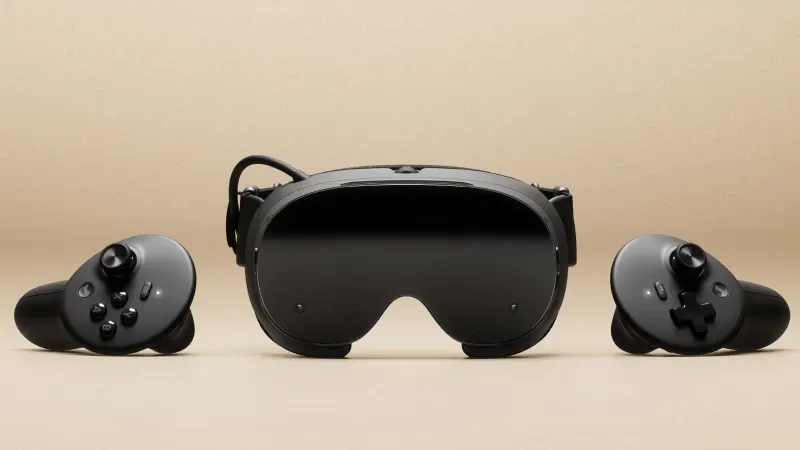
The third piece of the puzzle is the Steam Frame, Valve's standalone wireless VR headset that represents a significant departure from the company's previous VR effort, the tethered Valve Index.
Described as "streaming-first," the Steam Frame can wirelessly connect to a gaming PC or Steam Machine to play VR titles, but it's also a fully functional standalone device powered by a Snapdragon 8 Series processor with 16GB of RAM running SteamOS. This dual nature allows it to handle less demanding VR experiences locally while streaming the heavy lifting for graphically intensive games.
The headset features four high-resolution monochrome cameras for inside-out tracking of both the headset and controllers, which look similar to Meta Quest controllers but with additional buttons and capacitive finger tracking. Each controller runs on a single AA battery and connects wirelessly to the included 6GHz USB adapter, which provides a dedicated dual-radio setup—one for audio and video streaming, one for Wi-Fi connectivity—to ensure stable performance.
Valve is leveraging eye-tracking technology for "foveated streaming," which optimizes visual detail where you're actually looking. The company claims this provides over a 10x improvement in effective image quality and bandwidth compared to traditional streaming. While exact display specifications haven't been revealed, the emphasis on comfort—lightweight design, balanced weight distribution, and quick slip-on usability—suggests Valve learned from the Index's reputation as a premium but heavy headset.
Importantly, the Steam Frame can play your entire Steam library, not just VR games. You can lean back and enjoy traditional games on a virtual big screen, making it a versatile entertainment device rather than a VR-only peripheral.
Why Now? The Lessons of Failure and Success
To understand the significance of today's announcement, we need to rewind to 2015, when Valve's original Steam Machine initiative crashed and burned spectacularly.
The first Steam Machines were ambitious: a lineup of living room PCs built by various manufacturers, all running SteamOS and shipping with the original Steam Controller. On paper, it seemed perfect—bring PC gaming to the console space with an open ecosystem that didn't require Windows or Microsoft's blessing. In reality, it was a disaster.
The problems were numerous and devastating. SteamOS wasn't ready for prime time, with early builds inspiring little confidence. Game compatibility was abysmal—only about 21.5% of Steam's library ran on Linux at launch, and critically, major titles like The Witcher 3, Grand Theft Auto V, and Metal Gear Solid V weren't supported. Performance was terrible too; a 2015 Ars Technica report showed games suffered significant framerate losses on SteamOS compared to Windows 10.
The original Steam Controller confused users with its unconventional design and mediocre build quality. Manufacturing partners like Falcon Northwest and Origin PC pulled out before launch, citing SteamOS limitations. Those that did ship Steam Machines often offered Windows versions instead, completely defeating the purpose. By June 2016, fewer than 500,000 Steam Machines had sold globally—a catastrophic failure compared to millions of annual console sales. By 2018, Valve quietly removed Steam Machine listings from its store.
But Valve didn't give up on the dream. Instead, the company spent the next seven years doing something it rarely does: learning from its mistakes and iterating.
The Steam Deck Changed Everything
The turning point was the Steam Deck, Valve's handheld gaming PC released in February 2022. Built entirely in-house rather than relying on OEM partners, the Deck proved that SteamOS could work—but only under specific conditions.
The key innovation was Proton, Valve's compatibility layer that allows Windows games to run on Linux without native ports. By 2022, Proton had matured enough that the vast majority of Steam games "just worked" on SteamOS, eliminating the compatibility nightmare that doomed the original Steam Machines. Combined with powerful custom AMD APUs designed specifically for the Deck's form factor and power requirements, Valve created something magical: a true PC gaming experience in portable form.
The numbers speak for themselves. Market research firm IDC estimates that Valve has sold approximately 4 million Steam Decks through early 2025, dominating the emerging handheld PC gaming market with roughly 48-50% market share even as competitors like the ASUS ROG Ally and Lenovo Legion Go entered the space. While these numbers pale compared to Nintendo's 150 million Switch sales, they represent genuine success for a product that didn't exist three years ago and created an entirely new category of PC gaming.
More importantly, the Steam Deck proved Valve could manufacture hardware at scale, nail the industrial design, and create a cohesive software experience. Every Steam Deck consistently spends weeks in Steam's Global Top 10 for revenue—remarkable for a hardware product competing against game releases that sell hundreds of thousands of copies.
The Strategic Brilliance of This Moment
With today's announcement, Valve is attempting something audacious: building a complete gaming ecosystem that challenges the traditional console paradigm while maintaining PC gaming's open flexibility.
The timing couldn't be better. Microsoft's next Xbox isn't expected until 2027, and there are persistent rumors it will run full Windows, blurring the lines between console and PC. Sony's PlayStation 5 is mid-cycle, and Nintendo just launched the Switch 2. Meanwhile, PC gaming continues to grow, with Steam reaching 40 million concurrent players in 2024—a 10% increase in sales year-over-year.
Valve has positioned itself uniquely in this landscape. The Steam Machine targets gamers who want couch gaming power without Windows overhead. The Steam Controller works everywhere—not just Valve devices but PCs, competing handhelds, and even future Xbox hardware. The Steam Frame addresses VR enthusiasts who've been underserved since the Index launched in 2019, while also functioning as a versatile streaming display for non-VR content.
Most critically, these devices form an interconnected ecosystem. You can stream games from your Steam Machine to your Steam Deck or Steam Frame. You can use your Steam Controller with any of them. Your game library, saves, and preferences sync across all devices automatically. Buy a game once, play it everywhere—on your handheld, your TV, or in VR.
The Risks and Challenges
Of course, this ambitious vision faces significant hurdles. Pricing remains unannounced, and the semi-custom AMD hardware using modern RDNA 3 and Zen 4 architecture isn't cheap. The Steam Machine needs to compete with PlayStation 5 and Xbox Series X on price, but those consoles benefit from economies of scale and are often sold at or below cost to drive software sales. Valve lacks that luxury.
Game compatibility, while vastly improved, still isn't perfect. Anti-cheat systems remain problematic for some multiplayer games, and certain titles simply won't run on Linux regardless of Proton's capabilities. Valve has committed to expanding its "Steam Machine Verified" program—similar to the Deck's verification system—to help users know what works, but that transparency could highlight limitations.
The VR market remains uncertain. Meta dominates standalone VR with Quest headsets, and even Valve admitted VR could "turn out to be a complete failure" in past statements. The Steam Frame needs to carve out space in a market that hasn't achieved mainstream adoption despite years of investment.
Competition is fiercer than ever. Handheld gaming PCs from ASUS, Lenovo, MSI, and others continue launching. Mini PC manufacturers like Beelink and Minisforum offer powerful small-form-factor systems at competitive prices. Google's Stadia failed, but cloud gaming from Xbox and Nvidia GeForce NOW continues evolving. Valve is fighting on multiple fronts simultaneously.
What This Means for Gaming's Future
Regardless of commercial success, today's announcement represents a pivotal moment. Valve is making a comprehensive play for the living room and beyond, challenging the fundamental assumption that gaming needs to be divided into discrete silos: consoles, PCs, handhelds, VR.
The Steam Deck proved that Linux can power a successful gaming device when implemented correctly. The new Steam Machine, Controller, and Frame take that proof of concept and scale it to a complete ecosystem. If Valve succeeds, it could reshape how we think about gaming platforms entirely.
For PC gamers who've long been tethered to Windows, SteamOS offers an intriguing alternative—a purpose-built operating system optimized for gaming without Microsoft's increasingly intrusive Windows features, telemetry, and mandatory updates. For console gamers comfortable with closed ecosystems, the Steam Machine offers something different: the curated experience of a console with the flexibility and massive library of PC gaming.
The phrase "Steam Deck for your living room" might seem reductive, but it captures the essence of what Valve is attempting. Just as the Deck brought PC gaming to handheld form with remarkable success, the Steam Machine aims to bring that same philosophy—SteamOS, custom hardware, seamless integration—to traditional console gaming.
A Redemption Arc a Decade in the Making
Perhaps the most compelling aspect of today's announcement is the narrative symmetry. In 2015, Valve announced Steam Machines, the original Steam Controller, and the Steam Link simultaneously as part of the "Steam Universe" initiative. All three products failed for various reasons—premature software, confusing hardware, poor execution.
Now, exactly ten years later, Valve returns with the Steam Machine, a reimagined Steam Controller, and the Steam Frame. But this time, the company comes armed with experience, proven technology, and a successful hardware product in the Steam Deck.
Gabe Newell, Valve's co-founder and president, said it best in today's announcement: "We've been super happy with the success of Steam Deck and PC gamers have continued asking for even more ways to play all the great titles in their Steam libraries. Our work over the years on other hardware and even more importantly on SteamOS has enabled Steam Controller, Steam Machine, and Steam Frame to do just that."
The company has learned crucial lessons: manufacture hardware in-house, don't rely on OEM partners, ensure software maturity before launch, focus on compatibility through Proton rather than requiring native ports, design custom silicon for specific use cases, and price competitively.
Whether these products succeed remains to be seen. Pricing will be announced later, actual release dates remain vague ("early 2026"), and real-world performance has yet to be tested by consumers. But one thing is certain: Valve is swinging for the fences, attempting to build a gaming ecosystem that challenges the established order and offers gamers genuine choice in how, where, and what they play.
For a company that moves at "Valve Time" and abandons projects with alarming regularity, this coordinated hardware push represents remarkable commitment. The original Steam Machine's failure could have ended Valve's hardware ambitions forever. Instead, it became the foundation for the Steam Deck's success, which in turn made today's announcement possible.
In an industry dominated by closed ecosystems and platform exclusivity, Valve is betting that openness, compatibility, and user choice can win. It's a long shot, but it's also exactly the kind of ambitious, potentially transformative play that could reshape gaming's future. And after watching this company turn every failure into eventual innovation—from Source 2 to VR to handheld gaming—it would be foolish to count them out.
The Steam Machine is back. This time, Valve might just pull it off.
The Steam Machine, Steam Controller, and Steam Frame will launch in early 2026 in the same regions where Steam Deck is currently available. Pricing and specific release dates will be announced at a later time. You can wishlist all three products on Steam's hardware page now.
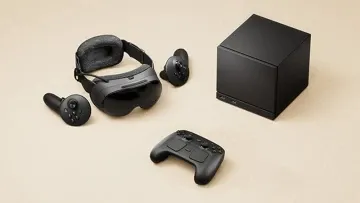







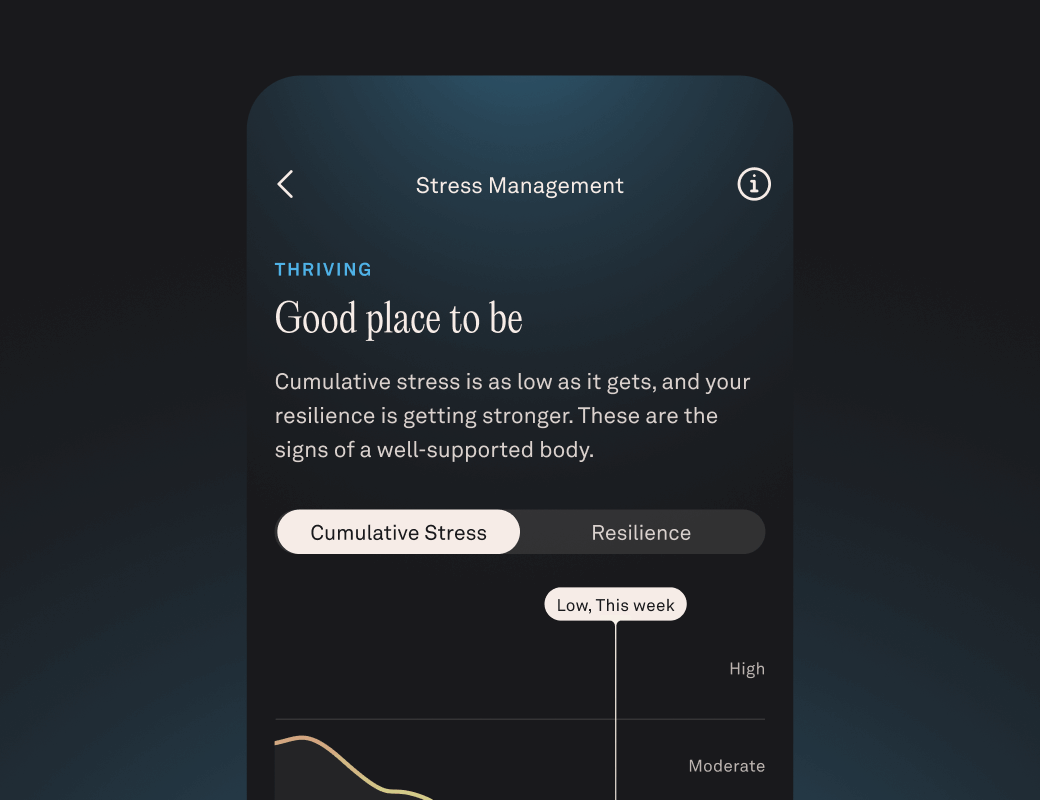
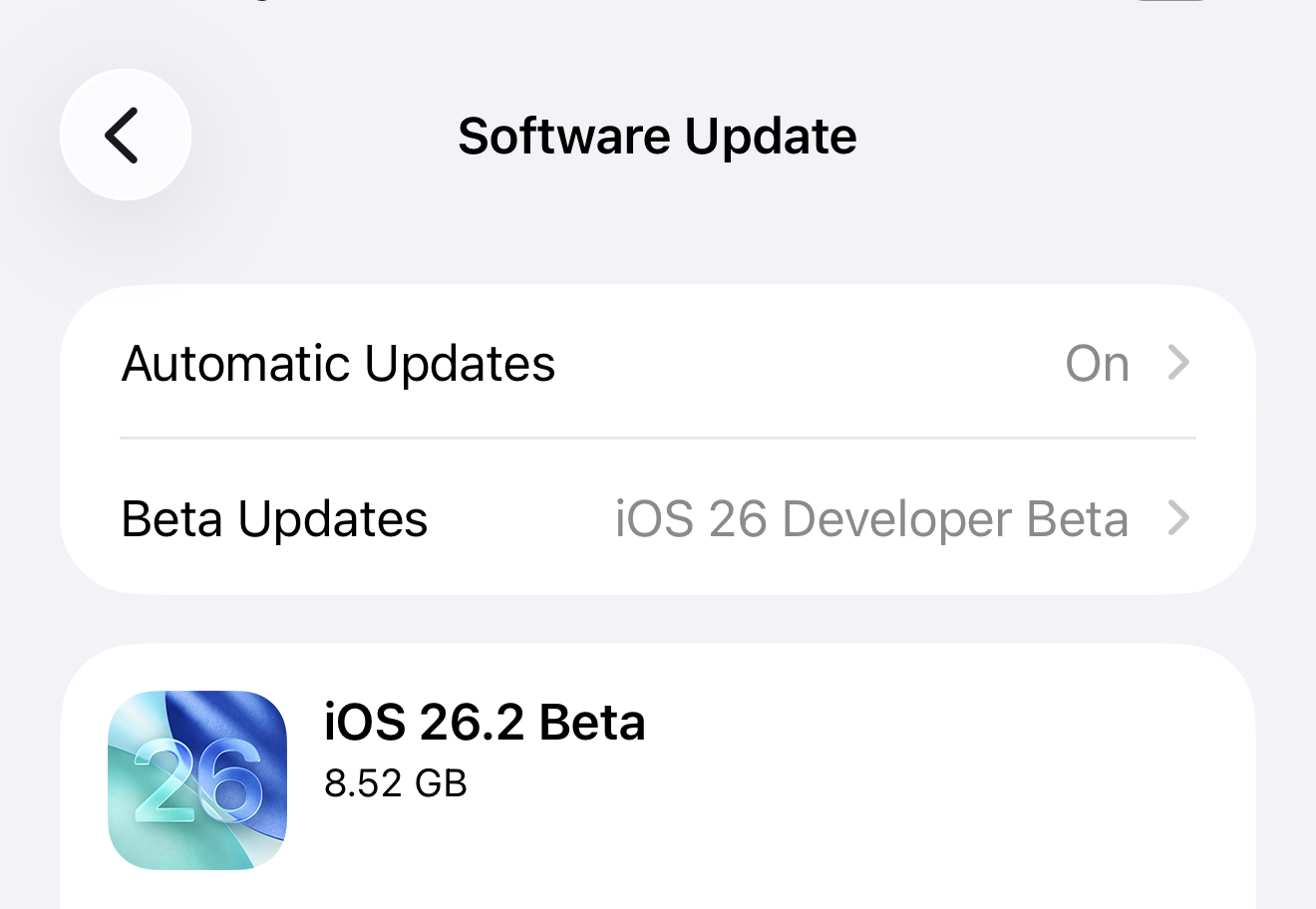

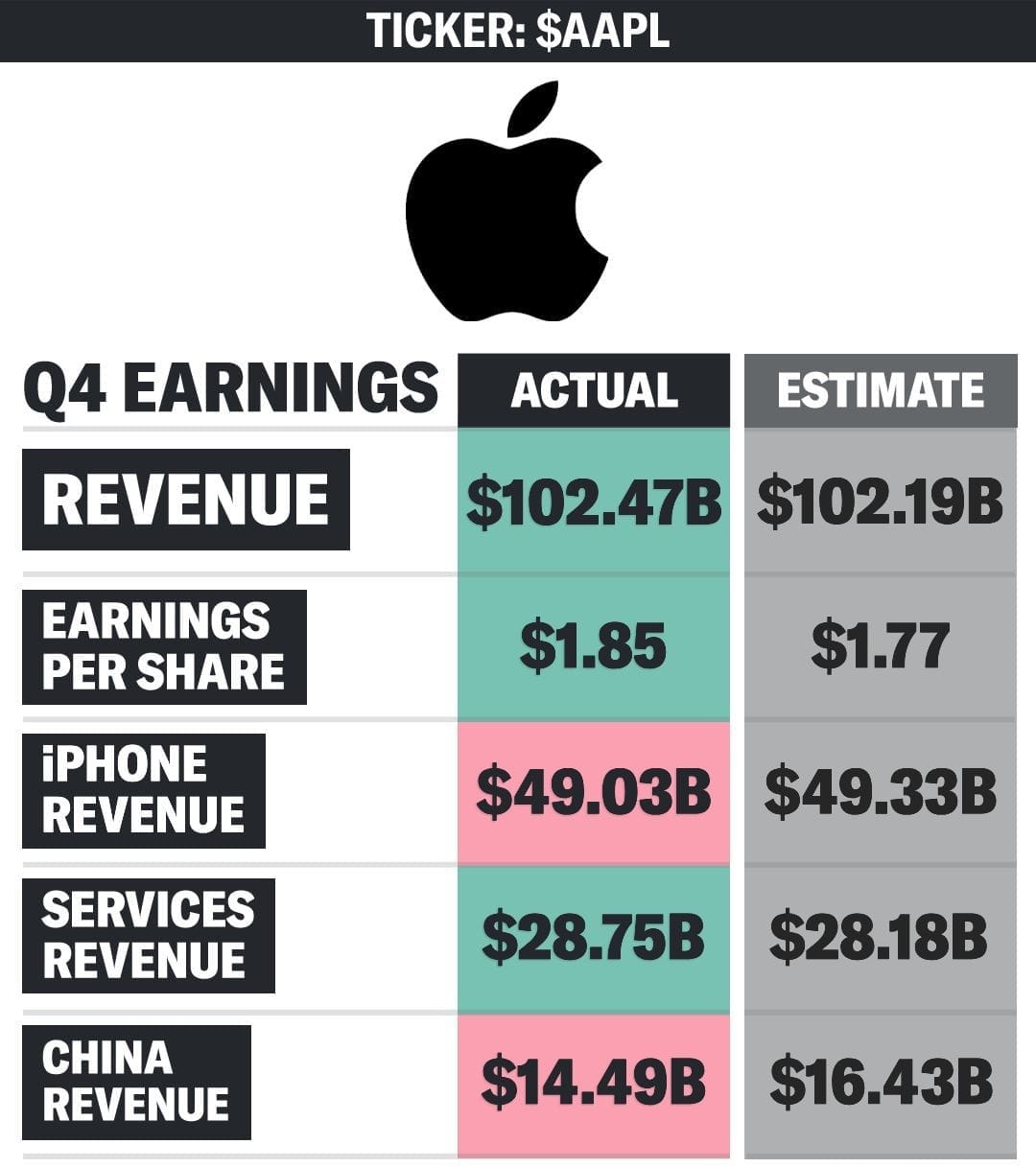
Discussion